Sigurtà Park
Picturesque, unforgettable landscapes, numerous varieties of flowers, it appears to be the description of a piece of paradise. In reality it is much closer than you might believe. Not too far from Lake Garda stands Sigurtà Park, a perfect fusion of a park (or a forest characterized by trees) and a garden (ie. an area bordered by flowers and ornamental plants).
Purchased in 1941 by Dr. Carlo Sigurtà, the park was opened to the public for the first time the 19th of March 1978.
Since then this natural oasis fascinated thousands of visitors, including guests such as Nobel Prize winners and heads of State. It has been defined by internationally renowned botanists as one of the most extraordinary gardens in the world. Sigurtà Park has an area of 560,000 square meters and extends to the margins of the morainic hills, near Lake Garda, just eight kilometers from Peschiera.
In forty years of loving care, Carlo Sigurtà managed to lush the dry vegetation of the hills. Later, the nephew Enzo built a prototype of the Park-Garden.
Purchased in 1941 by Dr. Carlo Sigurtà, the park was opened to the public for the first time the 19th of March 1978.
Since then this natural oasis fascinated thousands of visitors, including guests such as Nobel Prize winners and heads of State. It has been defined by internationally renowned botanists as one of the most extraordinary gardens in the world. Sigurtà Park has an area of 560,000 square meters and extends to the margins of the morainic hills, near Lake Garda, just eight kilometers from Peschiera.
In forty years of loving care, Carlo Sigurtà managed to lush the dry vegetation of the hills. Later, the nephew Enzo built a prototype of the Park-Garden.



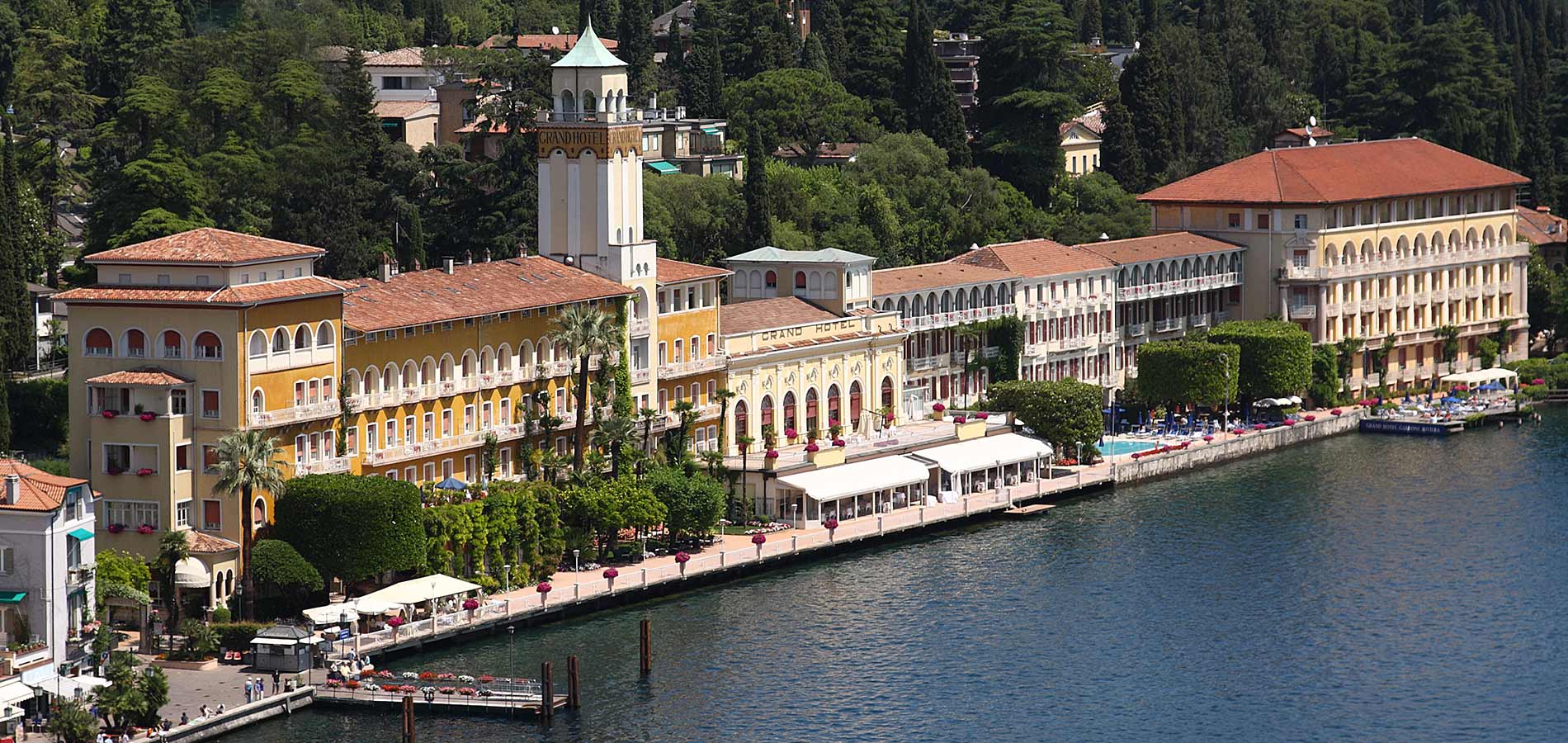
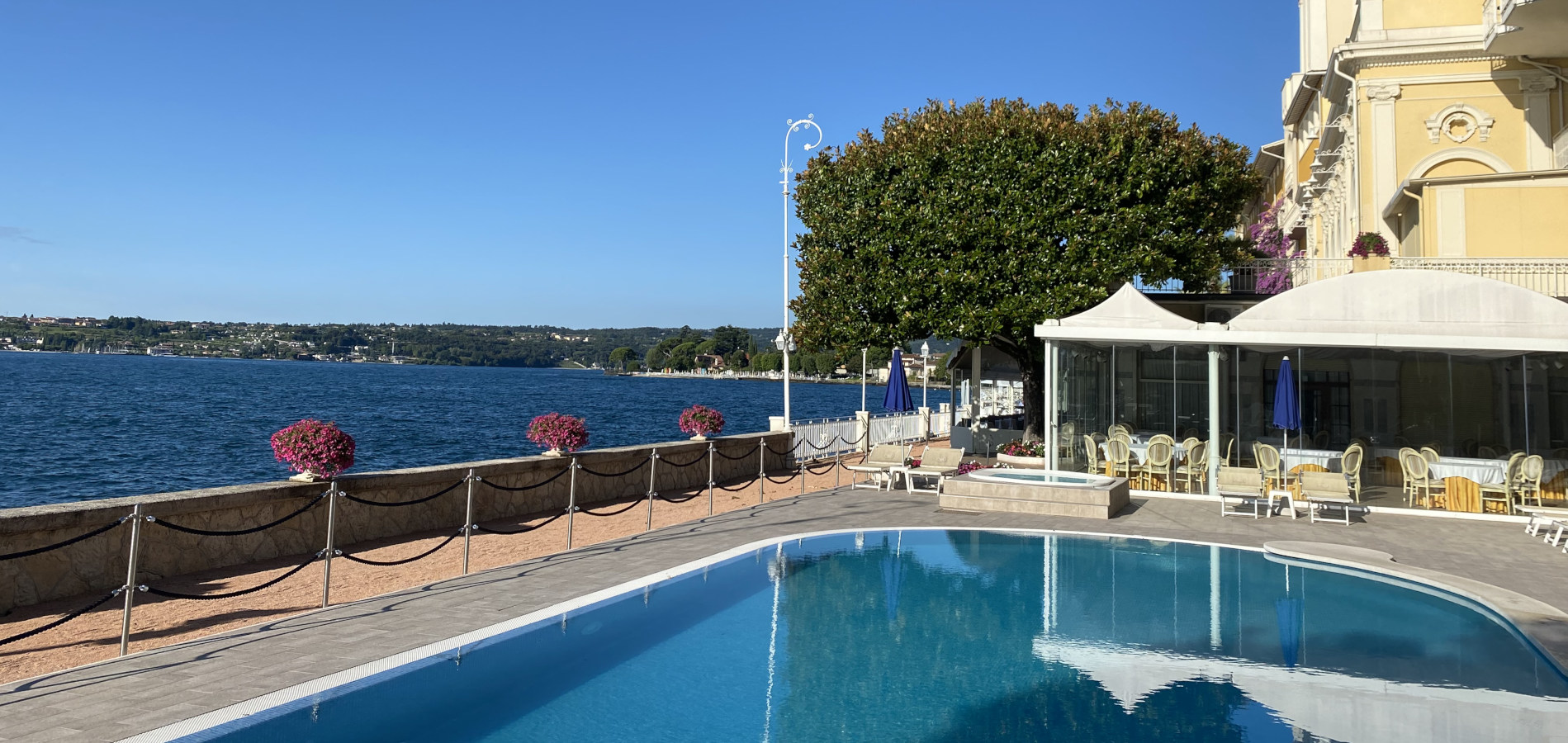
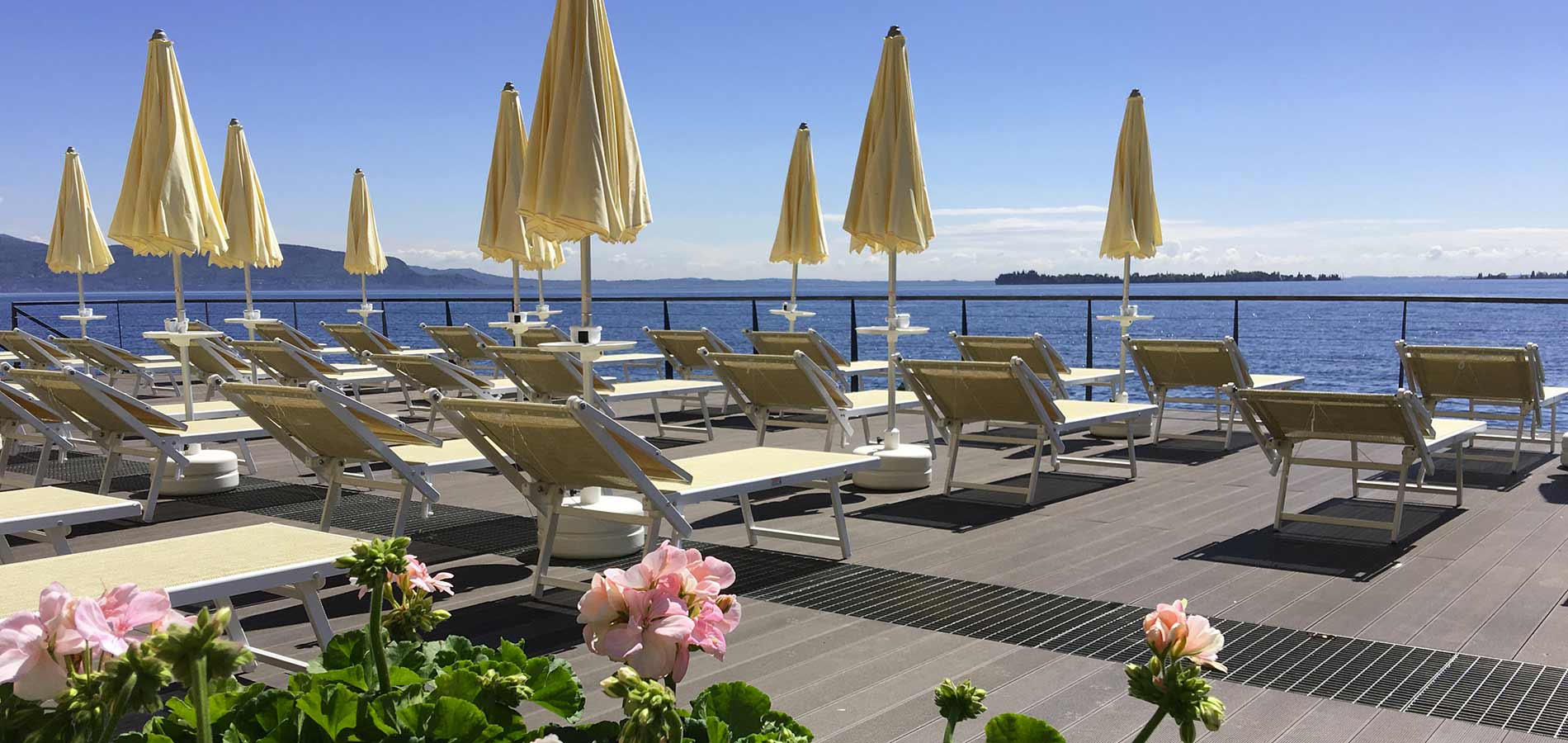
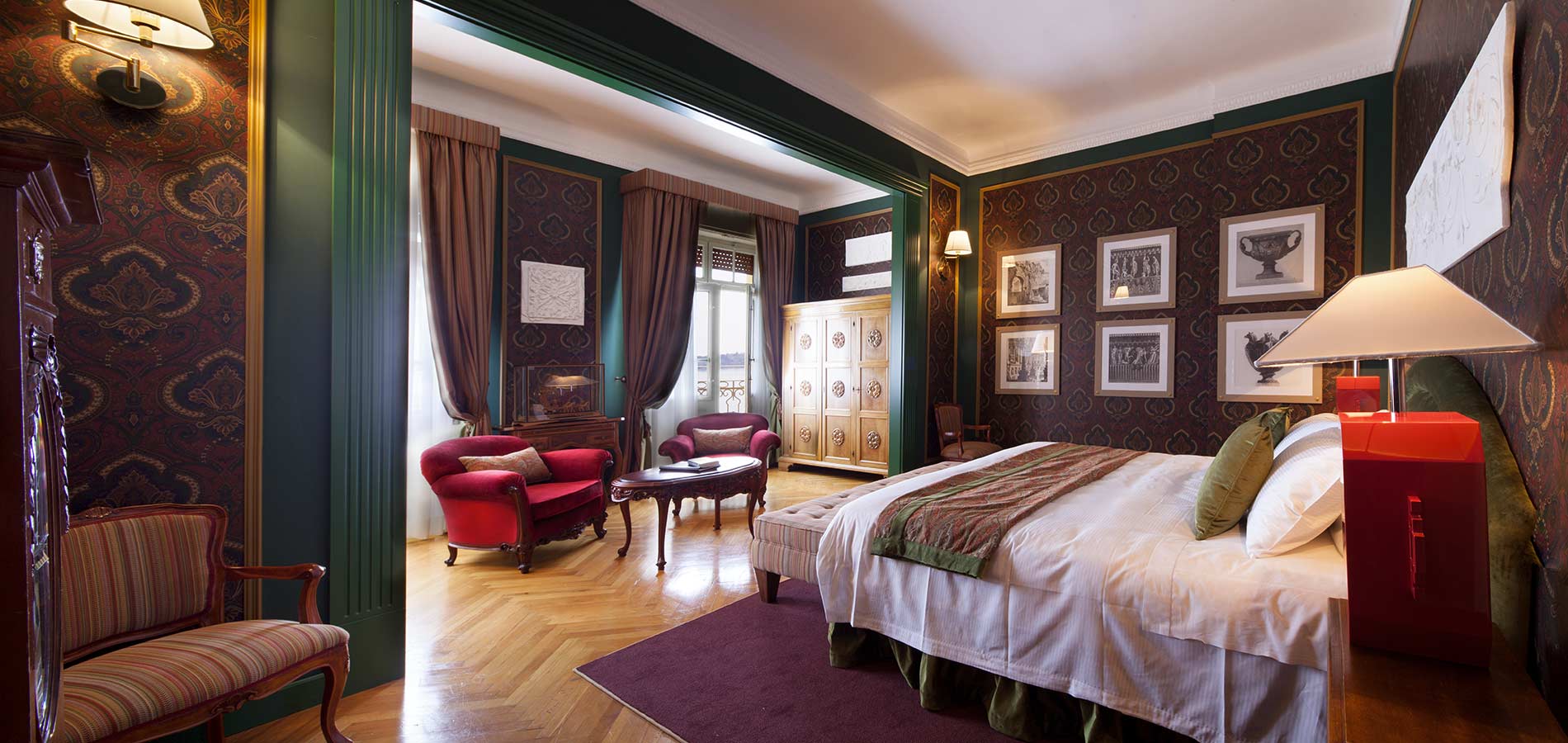
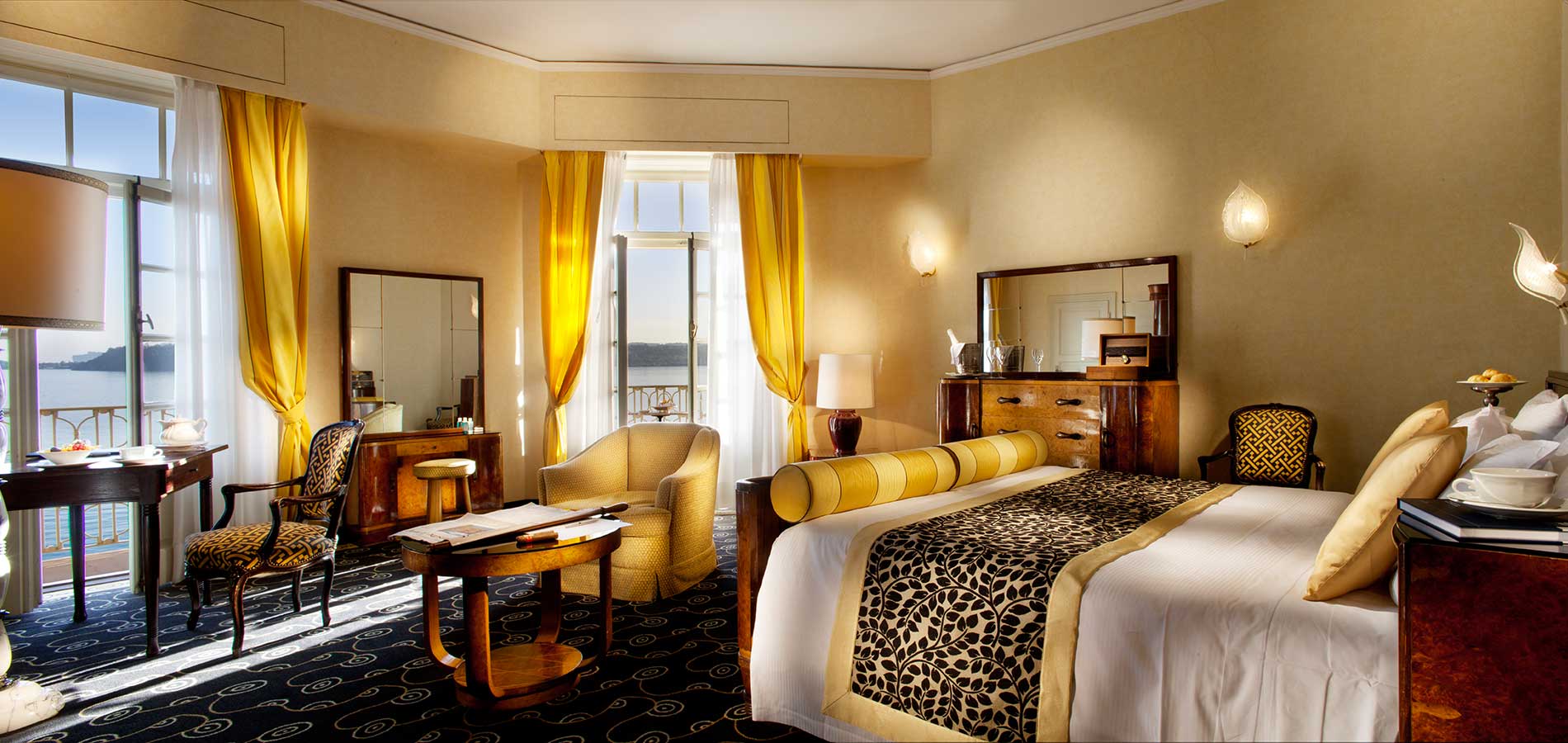
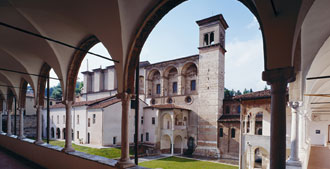
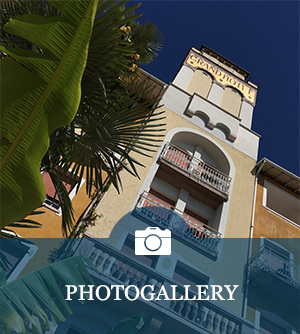

 in the entire property
in the entire property

